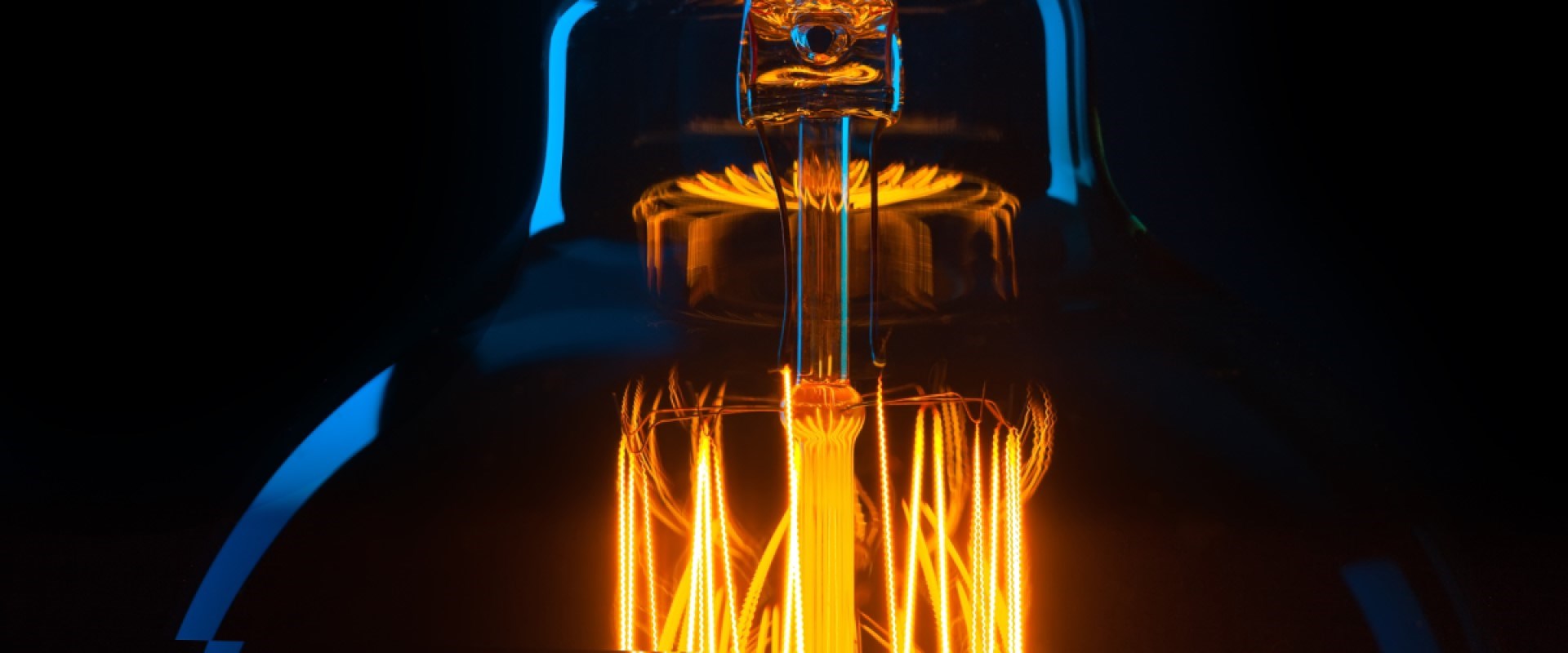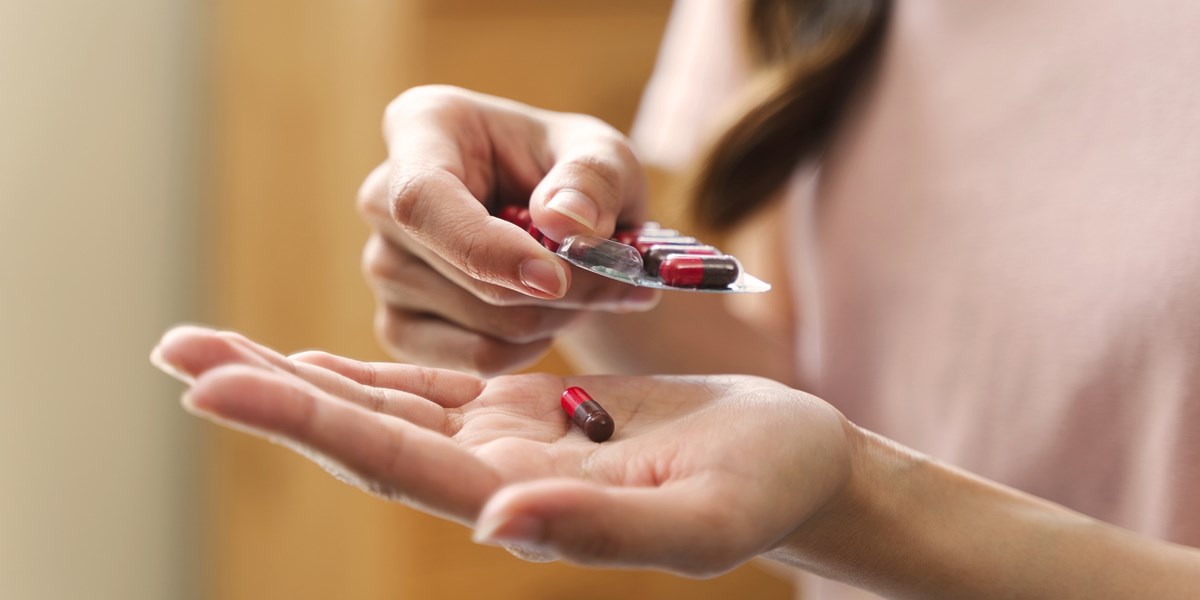The EPO’s Enlarged Board of Appeal has attempted to clarify the law concerning the doctrine of ‘plausibility’ and the use of post-filed data to support inventive step.1 The questions answered are of particular relevance to those in the life science sector.
BACKGROUND
We previously reported2,3 that the EPO’s Boards of Appeal had requested clarification on the important question of when post-filed data may be relied upon as the sole evidence of a technical effect when assessing inventive step. The issue arose during an opposition against Sumitomo Chemical Company’s patent EP2484209, and the Board of Appeal referred the following (paraphrased) questions of law to the Enlarged Board of Appeal:
- Must post-filed data be disregarded if the proof of a technical effect rests exclusively on those data?
- If yes to Q1, can post-filed data be taken into account if the effect is plausible from the application as filed (ab initio plausibility)?
- If yes to Q1, can post-filed data be taken into account if the effect is not implausible from the application as filed (ab initio lack of implausibility)?
Although the Enlarged Board of Appeal had preliminarily hinted4,5 that it was inclined to follow a patentee-friendly line of jurisprudence, namely that post-filed data could be relied upon in situations where there is no significant reason to consider the alleged technical effect implausible, the final decision shifts away from this.
THE FACTS AND ARGUMENTS
The referring Board considered there to be a divergence in the established case law concerning post-filed data, with clarification of the law required to establish the circumstances in which a patentee would be permitted to rely on post-filed data for evidence of a technical effect.
JUDGMENT
In a lengthy 75-page decision, the Enlarged Board of Appeal discussed a number of decisions of both the Boards of Appeal and national courts across Europe, and ultimately confirmed that post-filed data can, in principle, be relied upon by a patentee as evidence of a technical effect for the purposes of assessing inventive step.
However, the Enlarged Board rejected the language of ‘plausibility’, which it considers “does not amount to a distinctive legal concept or a specific patent law requirement” but is only a “catchword seized…by some national courts and by users of the European patent system”.
Instead, the Enlarged Board introduced a new criterion that “a patent applicant or proprietor may rely upon a technical effect for inventive step if the skilled person, having the common general knowledge in mind, and based on the application as originally filed, would consider said effect as being encompassed by the technical teaching and embodied by the same originally disclosed invention”.
In the Enlarged Board’s view, this new standard unifies the two previous strands of jurisprudence (summarised by many commentators in the referring questions as ‘ab initio plausibility’ (Q2) and ‘ab initio lack of implausibility’ (Q3)), which were considered by the referring Board of Appeal to be divergent.
The Enlarged Board acknowledges the abstractness of the new criterion but has essentially deferred responsibility to the Boards of Appeal to apply it and decide each case on its facts. The interpretation of the two key requirements of “encompassed by the technical teaching” and “embodied by the same originally disclosed invention” will likely become the focus of the Boards in future cases.
IMPLICATIONS
The Enlarged Board of Appeal’s decision may come as a surprise to those who have been following this case, given that its preliminary opinion leaned in favour of a relatively relaxed requirement, namely that post-filed data should be considered if there is no significant reason to consider the alleged technical effect implausible.
Both patentees and third parties could be forgiven for being left somewhat confused, or even disappointed, by the Enlarged Board’s decision to dismiss the concept of ‘plausibility’ altogether and to introduce a new overarching criterion, without providing much in the way of guidance on how to apply it in practice. Indeed, faced with this new criterion, it is not obvious how even the referring Board is likely to decide to what extent it can rely on the post-filed data submitted in those proceedings.
For now, the Enlarged Board’s decision could be seen by many as maintenance of the status quo. We suspect that it will take several years before real clarity around the new concepts of “encompassed by the technical teaching” and “embodied by the same originally disclosed invention” are obtained.
Given the lack of certainty provided by this latest decision, innovators should continue to include as much supporting data as possible, or at least a coherent theoretical concept underlying the invention, in their patent applications at the time of filing. This is particularly the case for life science inventions where questions around plausibility are much more common later in the life of the patent.






